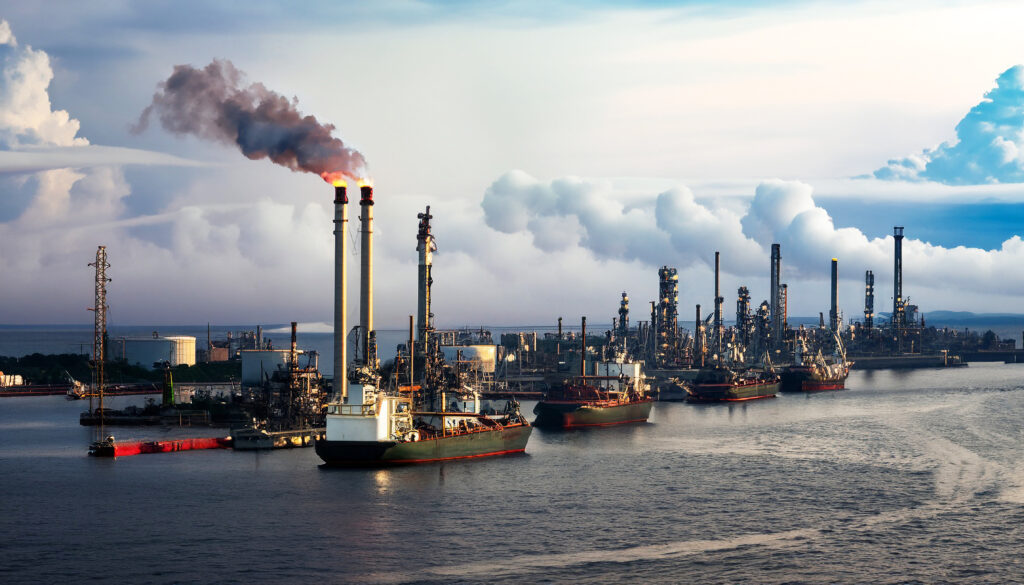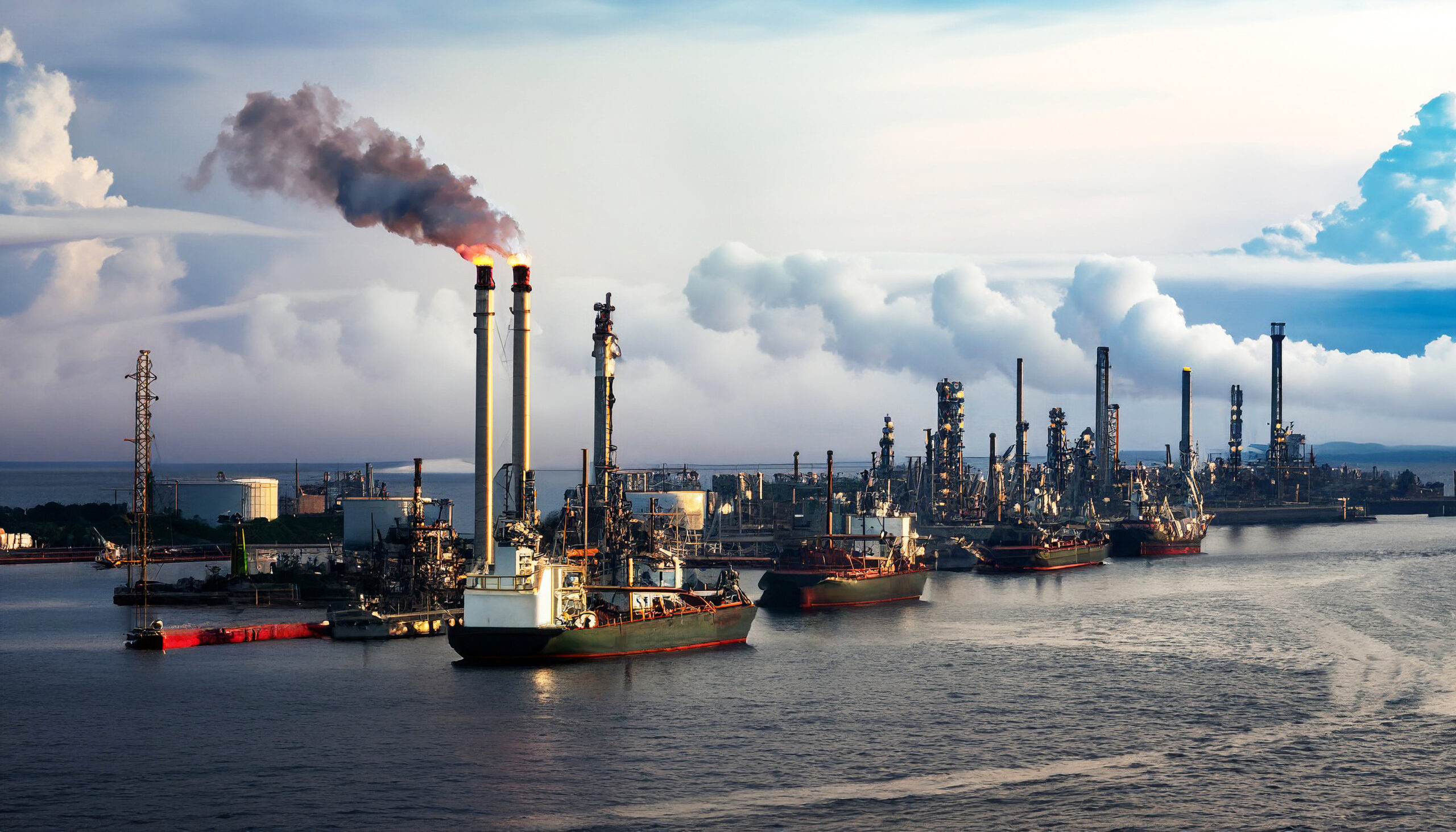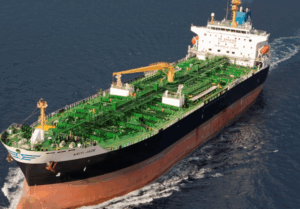
If shipping wants to meet the upper bound of the 2030 target through the deployment of green fuels, more than one-third of the world’s fleet will need to switch to zero or near-zero emissions fuels in the next five to six years, as Transport & Environment, Europe’s leading NGO campaigning for cleaner transport, warns.
T&E assesses how much energy efficiency needs to be improved and how much green fuel uptake should happen by 2030, 2040 and 2050 for the IMO to meet its climate targets.
On July 7, the IMO agreed to a new climate strategy that includes reaching net-zero greenhouse gas emissions “by or around close to 2050.”
In the meantime, the IMO has set the target of cutting emissions by 20%-30% by 2030 and 70%-80% by 2040, against 2008 levels.
In terms of regulation, this would require setting a very high carbon intensity reduction target (around 34%) as part of the GHG Fuel Standard (GFS) that IMO is currently developing, as it is suggested by the Transport & Environment.
“This is a toll order and nearly impossible given the scale of the challenge,” it is said.
However, the analysis also demonstrates that IMO’s 2030 target can be met with the uptake of only 10% zero or near-zero emission fuels (hence, smaller GFS target of 9%) if the IMO couples it with the requirement of improving energy efficiency of the international fleet.
In specific terms it means upping the energy efficiency target under the IMO’s existing Carbon Intensity Indicator (CII) regulation from the expected nearly 22% to 38% by 2030 compared to 2018 levels.
“This would mean ships deploying wind technologies en masse and slowing their operating speeds in order to improve efficiency,” an analysis from Transport & Environment shows.



